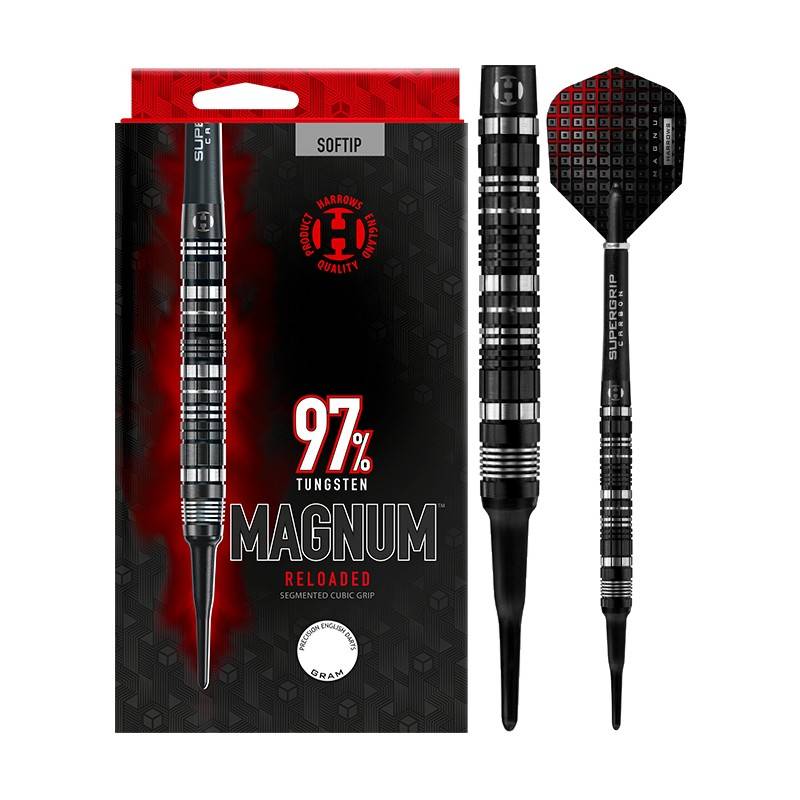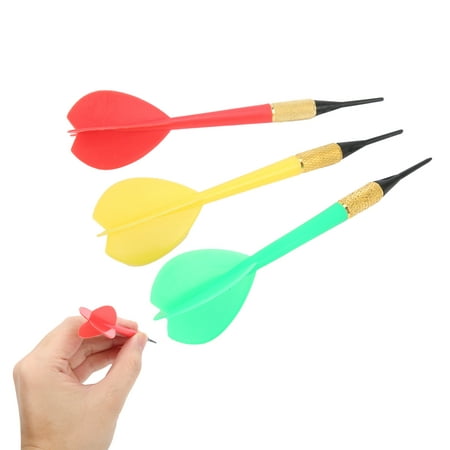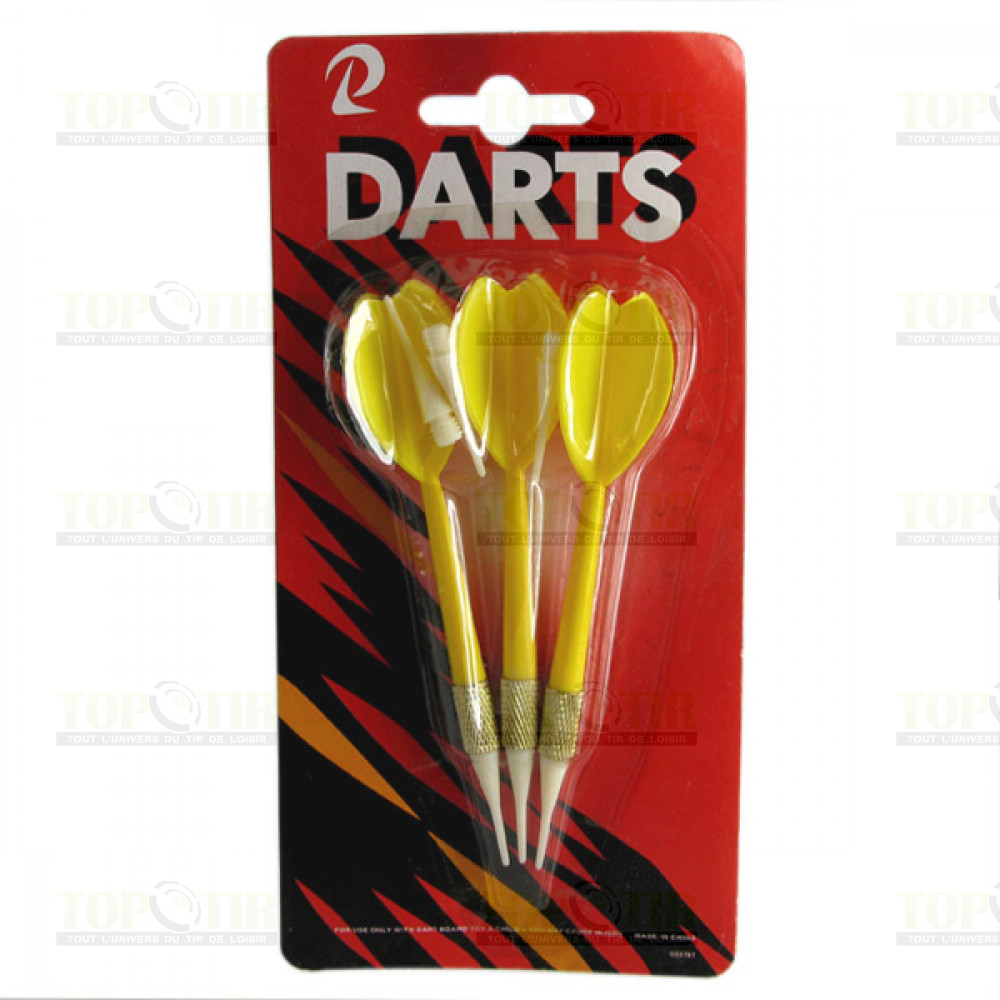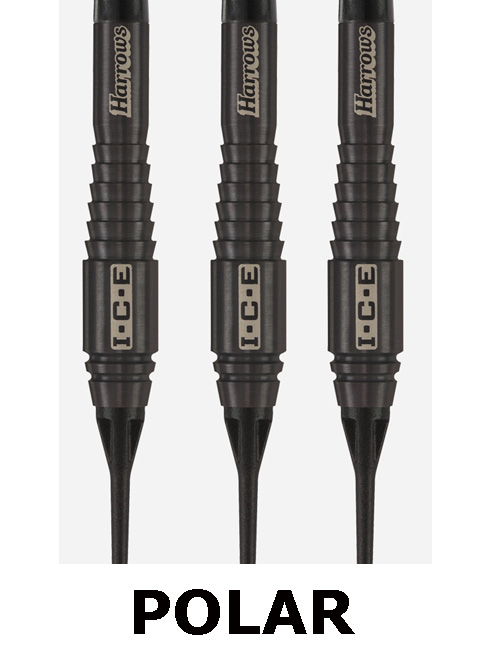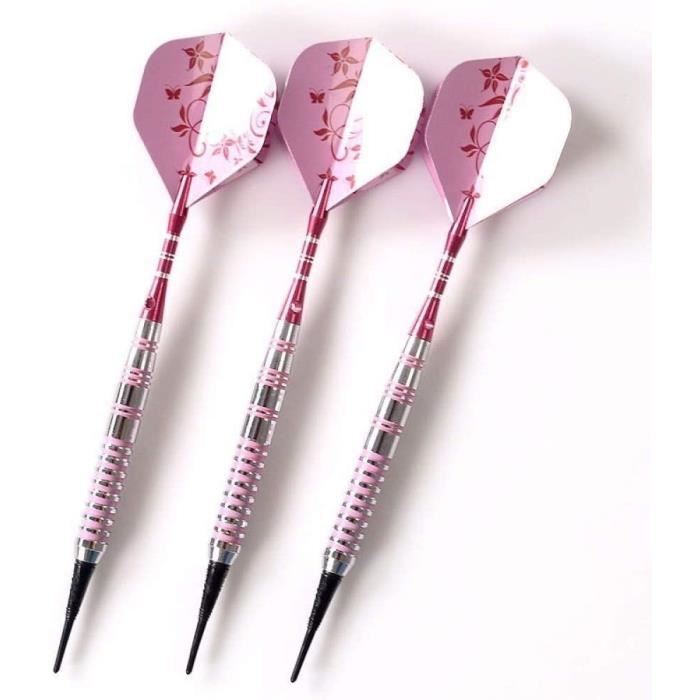
JEU DE FLECHETTE YQCCL Fléchettes Pointe Molle Professional Electronic Soft Tip Fléchettes 2Ba Vis Soft in-One D491 - Cdiscount Jeux - Jouets

WINMAU Calibra 20g Ensemble de Fléchettes Softip en Tungstène avec Vols Prism et Arbres (Tiges) : Amazon.fr: Sports et Loisirs

3pcs 20g Flechette Steel, Copper, Aluminum Shaft Professional Soft Tip Darts Indoor Sports Soft Tip Darts Flights Sports Game - Darts - AliExpress

3pcs/set 20/22g Professional Darts Steel, Copper, Aluminum Flechette Shaft Soft Tip Dart Toys W/ Black Flights Case - Darts - AliExpress

Stratos 22g Ensemble de Fléchettes Softip en Tungstène avec Vols Prism et Arbres A327 - Cdiscount Jeux - Jouets
50 POINTES DE FLECHETTES PLASTIQUES ( SOFT TIP) NOIR pour les clubs et collectivités | Decathlon Pro


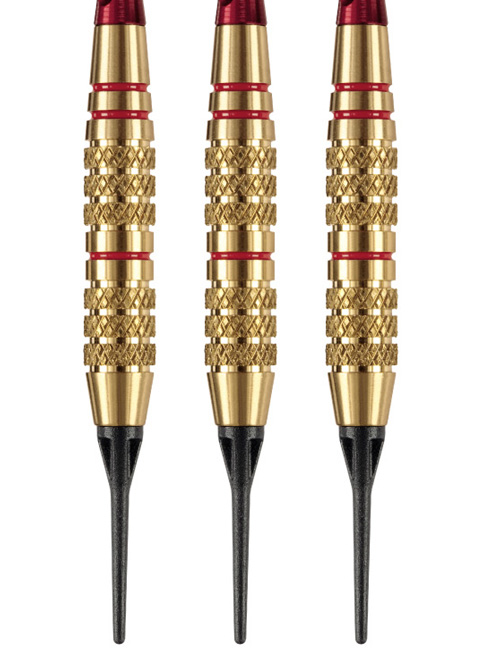






![FLECHETTE - BRASS NEUTRON SOFTIP 18GRS [WINMAV] FLECHETTE - BRASS NEUTRON SOFTIP 18GRS [WINMAV]](https://spiritarcherie.com/img/p/1/9/5/9/1959-large_default.jpg)
